Comparing NPS CSAT and CES for Measuring Customer Service
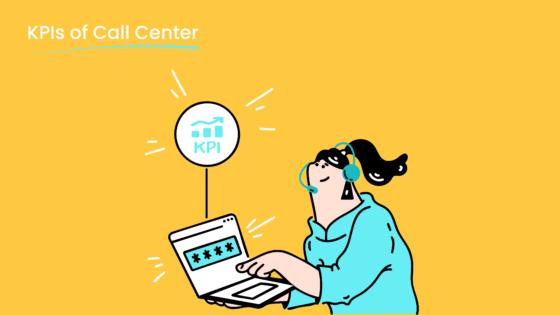
Understanding how do you measure customer service is crucial for improving customer satisfaction and loyalty. Metrics like NPS, CSAT, and CES provide valuable customer service insights tailored to different business needs. For example:
- CSAT evaluates immediate feedback on specific interactions, helping you identify quick fixes.
- CES reveals how simple your services are to use, reducing friction in customer interactions.
- NPS highlights customer loyalty and brand perception, offering long-term growth opportunities.
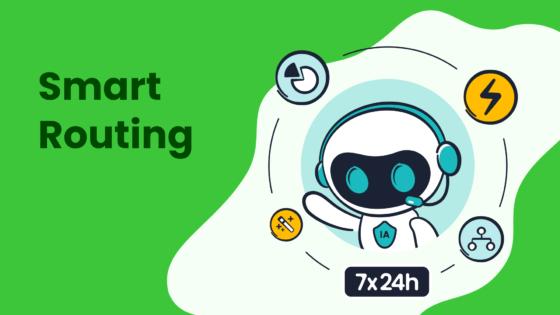
Sobot empowers businesses to leverage these metrics effectively. With tools like its Voice/Call Center, Sobot enables real-time analysis and seamless integration, ensuring businesses can track and optimize their customer service performance.
What Are NPS, CSAT, and CES?

Definition of Net Promoter Score (NPS)
Net Promoter Score (NPS) is a customer service metric that measures customer loyalty and their likelihood of recommending your business to others. You calculate NPS by asking customers a simple question: "How likely are you to recommend our product or service to a friend or colleague?" Responses range from 0 (not likely) to 10 (extremely likely). Based on their answers, customers fall into three categories:
- Promoters (scores 9-10): These are your loyal customers who actively advocate for your brand.
- Passives (scores 7-8): These customers are satisfied but not enthusiastic enough to promote your business.
- Detractors (scores 0-6): These individuals are unhappy and may harm your brand reputation through negative feedback.

NPS is a powerful tool for understanding customer loyalty and identifying areas for improvement. For example, if your NPS score is low, you can focus on addressing the concerns of detractors to enhance their experience. Sobot’s Voice/Call Center can help you track NPS effectively by analyzing customer feedback in real time, enabling you to take proactive steps to improve customer loyalty.
Definition of Customer Satisfaction Score (CSAT)
Customer Satisfaction Score (CSAT) is a customer satisfaction metric that evaluates how happy customers are with a specific interaction, product, or service. You measure CSAT by asking customers to rate their satisfaction on a scale, typically ranging from 1 (very dissatisfied) to 5 (very satisfied). This metric provides immediate insights into customer experiences, allowing you to identify areas that need improvement.
For example, if a customer rates their experience as "very dissatisfied," you can investigate the issue and implement changes to prevent similar problems in the future. CSAT is particularly useful for assessing short-term satisfaction and pinpointing specific pain points. According to research, CSAT scores often reflect the percentage of customers selecting top ratings, making it a straightforward way to gauge satisfaction levels.
Sobot’s Omnichannel Solution simplifies CSAT tracking by consolidating customer feedback from multiple channels into a unified workspace. This integration ensures you can analyze satisfaction metrics efficiently and take action to improve customer experiences across all touchpoints.
Definition of Customer Effort Score (CES)
Customer Effort Score (CES) measures the ease of customer interactions with your business. It focuses on how much effort customers must exert to achieve their goals, such as resolving an issue or completing a purchase. CES surveys typically ask customers to rate statements like "The company made it easy for me to solve my problem." Lower effort scores indicate smoother customer experiences, which correlate with higher loyalty and satisfaction.
Research shows that 96% of high-effort experiences drive customer disloyalty, emphasizing the importance of minimizing friction in customer interactions. CES is particularly valuable for identifying bottlenecks in processes and improving operational efficiency. For example, if customers struggle to navigate your website or contact support, their CES scores will reflect this, prompting you to streamline these interactions.
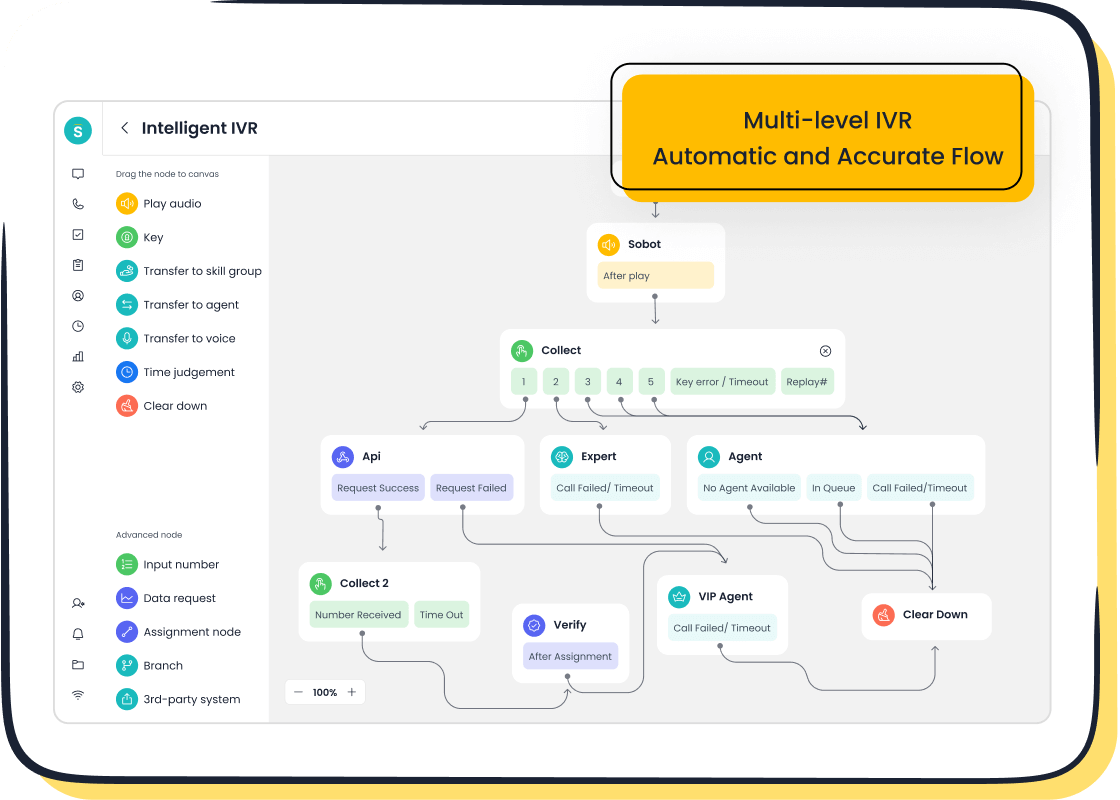
Sobot’s AI-powered Voice/Call Center enhances CES tracking by providing intelligent call routing and real-time data analysis. These features reduce customer effort by ensuring they connect with the right agent quickly, improving their overall experience and boosting loyalty.
How Do You Measure Customer Service Using NPS, CSAT, and CES?
How NPS is Calculated
You calculate NPS by asking customers a single question: "How likely are you to recommend our product or service to a friend or colleague?" Responses range from 0 to 10. Customers are grouped into three categories: promoters (9-10), passives (7-8), and detractors (0-6). To find your NPS, subtract the percentage of detractors from the percentage of promoters. For example, if 60% of respondents are promoters and 20% are detractors, your NPS is 40.
This metric helps you understand customer loyalty and brand perception. A high NPS indicates strong advocacy, while a low score signals areas needing improvement. Tools like Sobot’s Voice/Call Center simplify NPS tracking by analyzing customer feedback in real time. Its intelligent call routing ensures detractors connect with the right agents quickly, helping you address concerns and boost loyalty.
How CSAT is Calculated
CSAT measures satisfaction with specific interactions, products, or services. You calculate CSAT using the formula: CSAT (%) = (Number of Satisfied Responses / Total Responses) × 100. For example, if 100 customers respond to a survey and 80 rate their experience as satisfied or very satisfied, your CSAT score is 80%.
This metric provides immediate insights into customer happiness. It’s ideal for pinpointing issues in specific areas. Sobot’s Omnichannel Solution consolidates feedback from multiple channels into one workspace, making CSAT tracking seamless. By analyzing satisfaction data, you can identify pain points and implement changes to improve customer experiences across all touchpoints.
How CES is Calculated
CES evaluates how easy it is for customers to interact with your business. Surveys ask customers to rate statements like "The company made it easy for me to solve my problem" on a scale of 1 to 5 or 1 to 7. To calculate CES, average the responses. For instance, if 50 customers rate ease of interaction and their scores average 4.5, your CES is 4.5.
This metric highlights friction points in customer interactions. Lower scores indicate smoother experiences, which lead to higher satisfaction and loyalty. Sobot’s AI-powered Voice/Call Center enhances CES tracking with features like smart call routing and real-time monitoring. These tools reduce customer effort by connecting them to the right agent quickly, improving their overall experience.
Benefits and Limitations of NPS, CSAT, and CES
Benefits and Limitations of NPS
Net Promoter Score (NPS) offers a straightforward way to measure customer loyalty. By asking customers how likely they are to recommend your business, you gain insights into their overall perception of your brand. One of the key benefits of NPS is its ability to generate actionable feedback. For example, promoters can highlight what you’re doing well, while detractors can reveal areas needing improvement. This makes NPS a valuable tool for reducing customer churn and improving retention.
However, NPS has its limitations. It doesn’t provide specific insights into the customer experience or satisfaction with individual interactions. For instance, a customer might give a low score due to a single bad experience, even if they generally like your brand. Additionally, studies like Baehre et al. (2022) suggest that NPS may not always predict sales growth accurately, raising questions about its reliability as a standalone metric.
| Study | Findings |
|---|---|
| Baehre et al. (2022) | Validates concerns about NPS as a predictor of sales growth. |
| Baehre, O’Dwyer, O’Malley, Lee | Confirms critiques of NPS methodology but notes its potential in context. |
Sobot’s Voice/Call Center can help you maximize the benefits of NPS. Its real-time feedback analysis and intelligent call routing allow you to address detractor concerns quickly, improving loyalty and reducing churn.
Benefits and Limitations of CSAT
Customer Satisfaction Score (CSAT) is one of the most flexible customer service metrics. It allows you to measure satisfaction with specific interactions, products, or services. CSAT surveys are short and intuitive, making them easy for customers to complete. This simplicity often leads to higher response rates, giving you a clearer picture of customer sentiment. For example, if a customer rates their experience as "very satisfied," you can identify what worked well and replicate it across other touchpoints.
Despite its advantages, CSAT has some drawbacks. It focuses on short-term satisfaction rather than long-term loyalty. Cultural biases can also influence responses, with customers from individualistic cultures more likely to give extreme scores. Additionally, many customers skip surveys, which can lead to incomplete data.
| Pros of CSAT | Cons of CSAT |
|---|---|
| Short, intuitive, and simple to use. | Many customers do not complete surveys, leading to potential inaccuracies. |
| Flexible rating scales for various contexts. | Cultural biases may affect ratings, favoring extreme scores in some regions. |
| High response rates due to fewer questions. | Primarily captures short-term feelings rather than long-term satisfaction. |
Sobot’s Omnichannel Solution simplifies CSAT tracking by consolidating feedback from multiple channels. This unified workspace ensures you can analyze satisfaction data efficiently and take action to improve customer experiences across all touchpoints.
Benefits and Limitations of CES
Customer Effort Score (CES) focuses on how easy it is for customers to interact with your business. This metric is particularly useful for identifying friction points in your processes. For example, if customers rate their effort as high when resolving an issue, you can streamline workflows to improve their experience. Research shows that reducing customer effort leads to higher retention rates, as 96% of high-effort experiences drive disloyalty.
However, CES has its limitations. It doesn’t segment customers, making it harder to understand how different groups experience your services. It also doesn’t identify the root causes of issues, which can limit its usefulness for long-term improvements.
| Metric | Advantages | Disadvantages |
|---|---|---|
| CES | Useful for assessing service performance | Lacks customer segmentation; doesn’t identify root causes. |
Sobot’s AI-powered Voice/Call Center enhances CES tracking with features like smart call routing and real-time monitoring. These tools reduce customer effort by connecting them to the right agent quickly, improving their overall experience and boosting loyalty.
Comparing NPS, CSAT, and CES for Customer Service Metrics
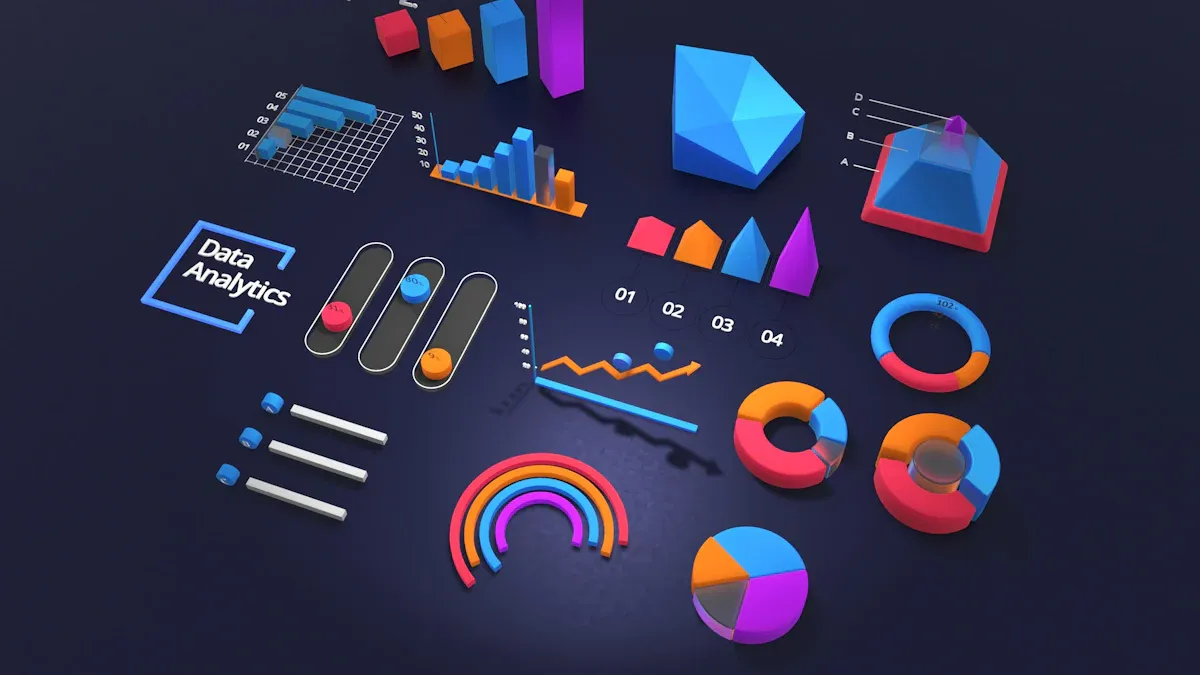
When to Use NPS
You should use NPS when you want to measure long-term customer loyalty and brand perception. This metric is ideal for tracking trends over time, such as quarterly or yearly, to understand how your customers feel about your business. For example, if your NPS score consistently improves, it indicates growing loyalty and advocacy among your customers.
NPS works best in scenarios where you aim to evaluate overall customer sentiment rather than specific interactions. For instance, businesses often use NPS after significant milestones like product launches or service upgrades. A high NPS score, such as above 50, reflects excellent customer loyalty, while a score above 80 is considered world-class.
Sobot’s Voice/Call Center simplifies NPS tracking by analyzing customer feedback in real time. Its intelligent call routing ensures detractors connect with the right agents quickly, helping you address concerns and improve loyalty.
| NPS Score Range | Interpretation |
|---|---|
| Above 0 | Good |
| Above 20 | Favorable |
| Above 50 | Excellent |
| Above 80 | World Class |
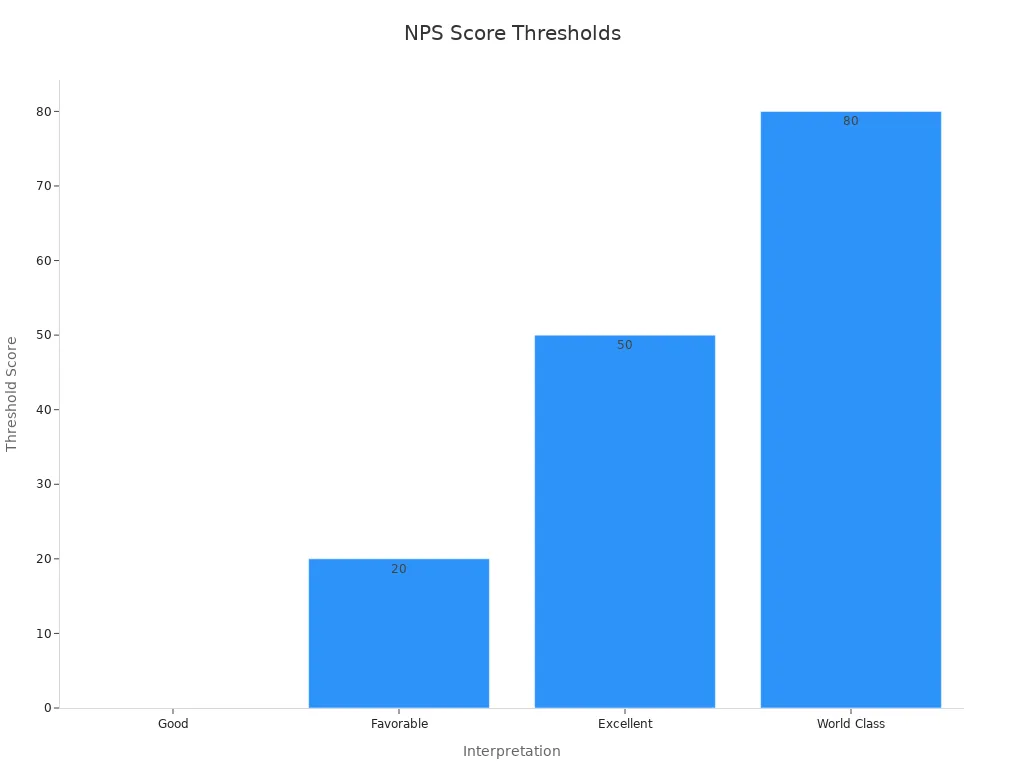
When to Use CSAT
CSAT is most effective when you need immediate feedback on specific interactions or events. For example, you can send a CSAT survey right after a customer service interaction or a purchase. This allows you to gauge satisfaction while the experience is still fresh in the customer’s mind.
You can also use CSAT to measure satisfaction at key milestones, such as after onboarding or before subscription renewals. Regular surveys, conducted monthly or quarterly, help track customer satisfaction trends over time. For instance, if your CSAT score drops after a product update, it signals the need for immediate action to address customer concerns.
Sobot’s Omnichannel Solution streamlines CSAT tracking by consolidating feedback from multiple channels into a unified workspace. This ensures you can analyze satisfaction data efficiently and make quick improvements to enhance the customer experience.
- Post-purchase: Assess satisfaction with the buying process.
- Post-interaction: Evaluate customer service experiences.
- After events: Gather feedback on webinars or training sessions.
- Regularly: Monitor satisfaction trends over time.
- Key milestones: Measure satisfaction during critical customer journey points.
When to Use CES
CES is the go-to metric when you want to evaluate how easy it is for customers to interact with your business. This metric is particularly useful after service interactions, such as resolving an issue or completing a purchase. For example, if customers rate their effort as high, it indicates friction in your processes that need immediate attention.
You should use CES to identify bottlenecks and streamline workflows. Research shows that reducing customer effort leads to higher retention rates, as 96% of high-effort experiences drive disloyalty. CES is also a strong predictor of repurchase rates, making it invaluable for improving operational efficiency.
Sobot’s AI-powered Voice/Call Center enhances CES tracking with features like smart call routing and real-time monitoring. These tools reduce customer effort by connecting them to the right agent quickly, improving their overall experience and boosting satisfaction.
| Metric | Description | Impact |
|---|---|---|
| Customer Effort Score (CES) | Measures the ease of task completion for customers. | Strong predictor of customer retention and repurchase rates. |
Tools for Tracking Customer Service Metrics
Overview of Sobot's Voice/Call Center for Measuring Metrics
Sobot's Voice/Call Center stands out as a reliable solution for tracking customer service metrics. It provides businesses with a centralized platform to monitor and analyze customer interactions. This tool helps you measure key metrics like Net Promoter Score (NPS), Customer Satisfaction Score (CSAT), and Customer Effort Score (CES) in real time. By using Sobot's system, you can gain actionable insights into customer behavior and improve their overall experience.
For example, Samsung used Sobot's Voice/Call Center to unify its communication channels and enhance customer satisfaction. The result was a 30% increase in agent efficiency and a 97% satisfaction rate. This demonstrates how Sobot's tools can transform customer service platforms into powerful engines for growth.
Features of Sobot's Voice/Call Center for Customer Service
Sobot's Voice/Call Center offers a range of features designed to simplify tracking customer service metrics. These include:
- Intelligent IVR: Customize call flows and route customers to the right agents effortlessly.
- Real-time Monitoring: Track call data and analyze customer interactions as they happen.
- AI-powered Voicebot: Automate repetitive tasks and reduce customer effort.
- Global Number Availability: Support customers worldwide with ease.
- Unified Workspace: Access all customer data in one place for a seamless experience.
These features not only improve operational efficiency but also enhance the customer experience. For instance, the AI-powered Voicebot ensures customers connect with the right agent quickly, reducing frustration and boosting satisfaction.
Other Popular Tools for Measuring Customer Service Metrics
While Sobot's Voice/Call Center excels in tracking customer service metrics, other tools also play a role in this space. For instance, some platforms specialize in live chat or email support, offering basic analytics for customer interactions. These tools can help you gather feedback and measure satisfaction, but they often lack the advanced features and integration capabilities of Sobot's solutions.
When choosing tools for tracking customer service metrics, consider your business needs. Look for platforms that provide real-time data, seamless integration, and actionable insights. Sobot's comprehensive approach ensures you can track and optimize metrics across all customer service platforms effectively.
Using Multiple Metrics to Measure Customer Service
Advantages of Combining NPS, CSAT, and CES
Using multiple customer service metrics like NPS, CSAT, and CES provides a comprehensive view of your customer experience. Each metric serves a unique purpose:
- NPS measures customer loyalty, offering a big-picture view of how customers perceive your brand.
- CSAT evaluates satisfaction with specific interactions, helping you identify immediate areas for improvement.
- CES assesses the ease of customer interactions, highlighting friction points in your processes.
By combining these metrics, you can address both short-term and long-term goals. For example, while NPS tracks overall sentiment, CSAT and CES provide actionable insights into specific touchpoints. This multi-metric approach ensures you don’t overlook critical aspects of the customer journey.
“Linking metrics together gives a more holistic view of your business. Rather than comparing NPS, CSAT, and CES, consider them as tools for different tasks.”
Sobot’s Voice/Call Center simplifies this process by integrating these metrics into a unified platform. Real-time data analysis and intelligent call routing allow you to act on feedback quickly, improving both satisfaction and loyalty.
Challenges of Using Multiple Metrics
While combining metrics enhances insights, it also presents challenges. One common issue is inaccurate data, which can lead to misguided strategies. For instance, low response rates in CSAT surveys may not accurately reflect customer satisfaction.
| Challenge | Implication |
|---|---|
| Inaccurate data | Can lead to misguided strategies in customer service evaluation. |
| Misleading CSAT scores in isolation | May not accurately reflect customer satisfaction levels, especially if response rates are low. |
Managing multiple metrics also requires careful coordination. Without proper integration, you risk creating data silos that hinder decision-making. Sobot’s Omnichannel Solution addresses these challenges by consolidating data from various channels, ensuring you have a clear and accurate picture of your customer service performance.
Best Practices for Integrating Metrics with Sobot Solutions
To maximize the benefits of NPS, CSAT, and CES, follow these best practices:
- Centralize Data Collection: Use Sobot’s unified workspace to gather feedback from all channels. This ensures consistency and eliminates data silos.
- Automate Feedback Analysis: Leverage Sobot’s AI-powered tools to analyze metrics in real time. For example, the Voice/Call Center can identify detractors and route them to the right agents for resolution.
- Act on Insights Quickly: Use real-time monitoring to address issues as they arise. For instance, if CES scores indicate high effort, streamline workflows to reduce friction.
- Track Trends Over Time: Regularly review NPS, CSAT, and CES to identify patterns and measure the impact of your improvements.
By integrating these metrics with Sobot’s solutions, you can create a seamless feedback loop that enhances the customer experience and drives loyalty.
NPS, CSAT, and CES each play a vital role in evaluating customer service metrics. NPS measures loyalty and advocacy, CSAT reflects customer happiness, and CES highlights the ease of resolving issues. Together, they provide a comprehensive view of the customer experience. For example:
- NPS assesses customer loyalty and the likelihood of recommendations.
- CSAT directly ties to customer satisfaction.
- CES indicates how simple it is for customers to resolve problems.
Your choice of metric depends on your business goals and the specific stage of the customer journey you want to analyze. While NPS is ideal for long-term loyalty, CSAT and CES focus on immediate feedback and operational efficiency.
Sobot’s Voice/Call Center simplifies tracking these metrics by offering real-time monitoring, intelligent call routing, and a unified workspace. These features ensure you can act on insights quickly, improving both satisfaction and loyalty. By leveraging Sobot’s solutions, you can elevate your customer experience and drive meaningful results.
FAQ
What is the best metric for measuring customer loyalty?
Net Promoter Score (NPS) is the most effective metric for tracking customer loyalty. It measures how likely customers are to recommend your business. For example, a high NPS score (above 50) indicates strong loyalty. Sobot’s Voice/Call Center helps you monitor NPS in real time, ensuring actionable insights.
How can I improve my CSAT score?
You can improve your CSAT score by addressing customer pain points quickly. Use tools like Sobot’s Omnichannel Solution to consolidate feedback from multiple channels. This unified workspace allows you to identify issues and implement changes efficiently, enhancing customer satisfaction.
Why is CES important for customer service?
Customer Effort Score (CES) highlights how easy it is for customers to interact with your business. Research shows that 96% of high-effort experiences lead to disloyalty. Sobot’s AI-powered Voice/Call Center reduces customer effort with intelligent call routing, improving satisfaction and retention.
Can I use NPS, CSAT, and CES together?
Yes, combining NPS, CSAT, and CES provides a comprehensive view of customer experience. NPS tracks loyalty, CSAT measures satisfaction, and CES identifies friction points. Sobot’s solutions integrate these metrics into a single platform, making it easier to analyze and act on feedback.
How does Sobot simplify customer service metrics tracking?
Sobot simplifies tracking with tools like its Voice/Call Center and Omnichannel Solution. These platforms offer real-time monitoring, unified workspaces, and AI-powered features. For example, Samsung used Sobot’s solutions to achieve a 97% satisfaction rate and a 30% increase in agent efficiency.
See Also
Comparative Analysis of Leading Customer Voice Tools
Essential Strategies for Effective Call Center Quality Management
Comprehensive Overview of QMS Principles for Call Centers
2024's Leading Customer Service Software: A Top Ten List
Enhancing Call Center Efficiency Through Effective Monitoring
